Types of Fibrous Dysplasia of the Bone
In monostotic fibrous dysplasia there is single bone involvement, while multiple bones are affected in polyostotic fibrous dysplasia.
Fibrous dysplasia of the bone is divided into two types -
- Monostotic fibrous dysplasia
- Polyostotic fibrous dysplasia
Monostotic fibrous dysplasia -
In monostotic type of fibrous dysplasia, only one bone is involved, and hence the prognosis of monostotic fibrous dysplasia is definitely better.
This condition affects mostly people in the age group of 10-30 years. It involves excessive growth of hard fibrous tissue that replaces normal bone tissue in a single bone. Approximately 70-80% of FD cases are monostotic, occurring most frequently in the rib (28%), femur or thigh bone (23%), tibia or leg bone, craniofacial bones (10-25%), and humerus or arm bone. With monostotic disease, patients as old as 20 or 30 years are asymptomatic.
Polyostotic fibrous dysplasia -
In polyostotic type of fibrous dysplasia, more than one bone or a group of bones is involved, and the prognosis is poorer.
This condition affects a number of bones in the body, mostly the long bones. About 20-30% of FD cases are polyostotic. Two thirds of patients exhibit symptoms before the age of 10years. Polyostotic FD frequently involves the thigh and leg bones, skull and facial bones, pelvis, spine, and shoulder girdle. The sites of involvement are the femur (91%), tibia (81%), pelvis (78%), ribs, skull and facial bones (50%), upper extremities, lumbar spine, clavicle or collar bone, and cervical spine, in decreasing order of frequency.

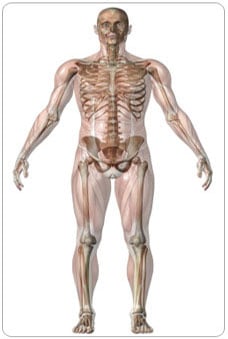
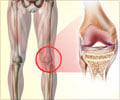


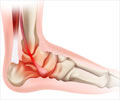
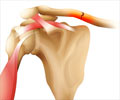

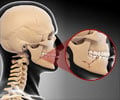
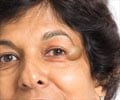
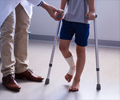




I was diagnosed with FD in my jaw and base of skull about 15 years ago, i am now 45. Apparently the base of skull growth in inoperable but thankfully appears to have burnt out and has remained unchanged in 10 years. the growth in my Jaw grew initially after a biopsy which caused pain and tooth/bite deformity but has remained stable in 10 years. I am currently exploring the option of having the growth reduced via surgery and then have my teeth straightened and my bite corrected. I have been told conflicting stories about whether the mass will grow back. one doctor told me it can and the other told me that it would if it was still active. I have been told that people dont notice it and I shouldn't worry about it but it really affects me. Has anyone had surgical treatment that can offer me some advice.
I was diagnosed with FB in my skull when I was 8. As the years went on the bone began to grow and before I knew it I basically had what looked like a golf ball sticking out the side of my head. It caused severe pain and constant black eyes, as the bone would put pressure on my eye. When I was 16 I eventually got an operation for them to carve away the excess bone. Im 19 now an the pain is still there, and I feel like the bone is growing back. My eye is left slightly drooped, which makes it looked constantly swollen. And the worse part is there is nothing anyone can do.
Hi I'm 37 and I was diagnosed at the same time when I found I was pregnant 11 and a half years ago while being pregnant...Mahdi the operation at 5 months pregnant. I've tried every possible treatment as far as pain tolerance and they finally suggested a biophospinate via intervenors they the cancer clinic and monitoring thru the oncologist, it was horrible at first I was soo sick but after 3 months it started to stabilize and the pain was reduced , they put me on an antidepressant that is used for nerve reduction which works really well with it. I still have much difficulty at times but it improved my pain reduction by 60 percent... I was approved of disability as well as I could barely move n the pain was intolerable , I am a stay at home mom of two children and a step daughter and still struggle day to day. They only said I have it in my hip n femor but I'm pretty sure it's in other places as I suffer with constant joint pain in other areas.. I hope this information has helped feedback would be lovely
I was diagnosed with fd when i was 13. I haven't had any real treatment in what's wrong with me. Im 21 now and in constant agony my hips my ankles legs back everywhere i broke my jaw and right femur i have a very large head to but have only had fd diagnosed in hip. Im waiting to see another hospital as i feel i have been neglected. I can't walk far without being in agony and don't get slot of sleep. Was wondering if anyone could relate to me and wanted to know if we are entitled to disability as working cause to much pain. Also it is nice reading these comments knowing im not the only one in agony. Xx
Hi my sister suffers from this condition,i ve not kept well for years and have been told i have fibro myalgia are the 2 conditions linked in any way,i also have thyroid prob and hav recently had vaginal bleeding,im in alot of pain in most of my joints.